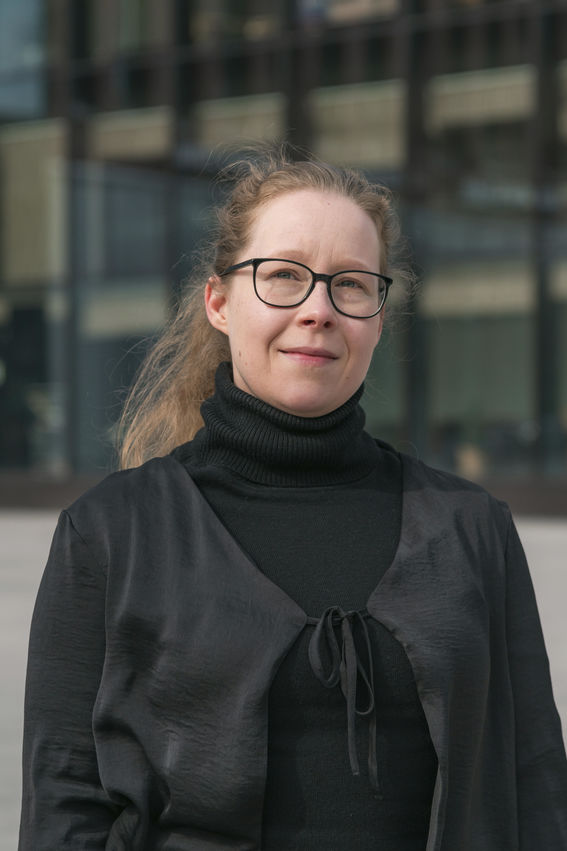Major EU-funded mathematics research project unveils the meaning of similarity – and helps fill gaps in physics theories

Assistant Professor Eveliina Peltola tackles challenges of mathematical physics in her new research project. Peltola's research has been inspired by the study of mathematical models that describe very large systems – for example, transport of particles in matter, spread of infectious diseases in populations, or connections between information networks.
‘Models that examine a huge number of atoms, or the entire population of the world, must be examined as a whole, and we must be able to describe their properties in different scales,’ Peltola describes the challenge.
The research project has received an ERC Starting grant of almost 1.4 million euros from the European Research Council. The goal is to create connections between different areas of mathematics and bring new tools to the research of random geometry and mathematical physics models.
In the field of mathematical physics, mathematical tools on the one hand build the foundations for theories of physics, and on the other hand create new areas of mathematics that can be applied to classical mathematical questions.
"Physicists have models for natural phenomena, which they have tested experimentally or observationally. Mathematics, in turn, provides a solid basis for the applicability of the models in desired situations,’ says Peltola.
Peltola is particularly interested in symmetries in random geometry. A symmetry can be observed concretely, for example, when a cluster of atoms in a substance is rotated or scaled. If such a transformation changes the system itself, but its macroscopic statistical properties remain unchanged, one speaks of a statistical – or random – symmetry.
‘Symmetries help to construct mathematical structures that allow for the exploration of other properties. In other words, the importance of symmetries primarily comes from the fact that they give mathematicians additional tools," says Peltola.
Peltola is particularly concerned with Schramm-Loewner evolution curves and their connection to conformal field theory and random geometry. Her project is called Interplay of Structures in Conformal and Universal Random Geometry (ISCoURaGe). The five-year project started early this year.
- Published:
- Updated:
Read more news

DeployAI Partners Gather for Heart Beat Meeting in Helsinki
The European DeployAI project's partners gathered for the Heart Beat meeting hosted by Aalto University Executive Education in Helsinki.
Get to know us: Associate Professor Maria Sammalkorpi
Sammalkorpi received her doctorate from Helsinki University of Technology 2004. After her defence, she has worked as a researcher at the Universities of Princeton, Yale and Aalto.
Aalto computer scientists in ICML 2024
Computer scientists in ICML 2024